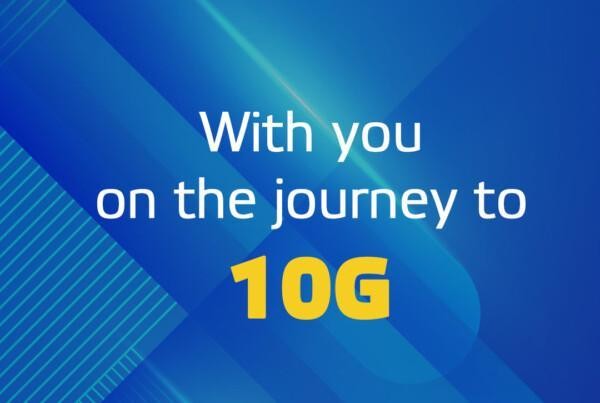Full Duplex DOCSIS®, European perspective, Part 2
Blog by Arttu Purmonen, Vice President of System Marketing for HFC networks business area, Teleste. The post was originally published on TelesteHUB Summer 2019.
My previous blog at TelesteHUB included a remark that available FDX studies focus on network architectures and the needs of North American cable operators. At Anga, just a week ago, I got an opportunity to present a simple framework for European operators who operate splitter-based networks.
Although the need to move toward more symmetrical networks is still a big question mark, the decision, whether yes or no, should be based on facts. Thus, we asked our customers to give us practical network challenges, and we performed detailed simulations followed by an analysis of what implementing FDX technology would mean in these networks. As the analysis is complex, it would be tempting to simply say that FDX is too complicated to implement and understand. However, after removing all the negligible details, it becomes clear what actually matters in practice. The following presentation covers all the relevant matters in ten slides. Once you follow the logic, you can make more detailed calculations yourself. Please view the presentation in presentation mode, as it includes animations.
If some details are unclear, I would be happy to answer questions; just send me an email at arttu.purmonen@teleste.com or leave a question below this blog. Please note that the slides include some additional remarks that may help you to follow the presentation; these are in the notes sections of the slides. For those of you who are only interested in knowing the denouement, please continue reading.
- First of all, the need for symmetry seems to be marketing driven. However, I don’t say that marketing-driven needs are less important. Sometimes they might be more important than anything else.
- Full Duplex DOCSIS can work in European splitter-based networks as long as the passives are good enough.
- The challenge with Full Duplex DOCSIS is the difficulty of forecasting how much it increases network throughput. Be cautious if you plan to generalize our results. High cable modem output levels may disturb other interference groups, and due to a lower modulation error ratio, we are forced to use lower constellations for the downstream. Higher upstream speeds may therefore, in practice, reduce downstream speeds. All this can make investment decisions difficult, as you cannot be 100% sure what kinds of benefits these investments will bring in your case.
- The return loss of the first splitter after the RPD must be high as we don’t yet know how good echo cancellers will turn out to be.
- In practice, cable modems behind the last splitter will belong to the same interference group. Therefore, if your last splitters are 16-way, 32-way, or something else, you can expect that the size of the last splitter will set limits on how small the interference groups can be and what virtual segmentation benefits FDX will bring to your networks.
May I ask one question; the first one to answer correctly gets something cool. The question is: How can I make these calculations in the PowerPoint presentation while ignoring cable tilt?
About Teleste
Teleste offers an integrated product and service portfolio that makes it possible to build and run a better networked society. Our solutions bring television and broadband services to your home, secure your safety in public places and guide your use of public transport.
With solid industry experience and drive for innovations, we are a leading international company in broadband, security and information technologies and related services. We connect with our customers through a global network of offices and partners.
Teleste is listed on Nasdaq Helsinki and the company was established in 1954.
About the author
Arttu Purmonen, Vice President of System Marketing for HFC networks business area, Teleste.
I joined Teleste in 1997 and engineered video processing and data transmission products. I have worked as engineer, project manager, product manager and business director but understanding customer perspective has always motivated me. It brought me to be responsible for system and technical marketing where my internal driving force and former experience can party together. See my LinkedIn.





